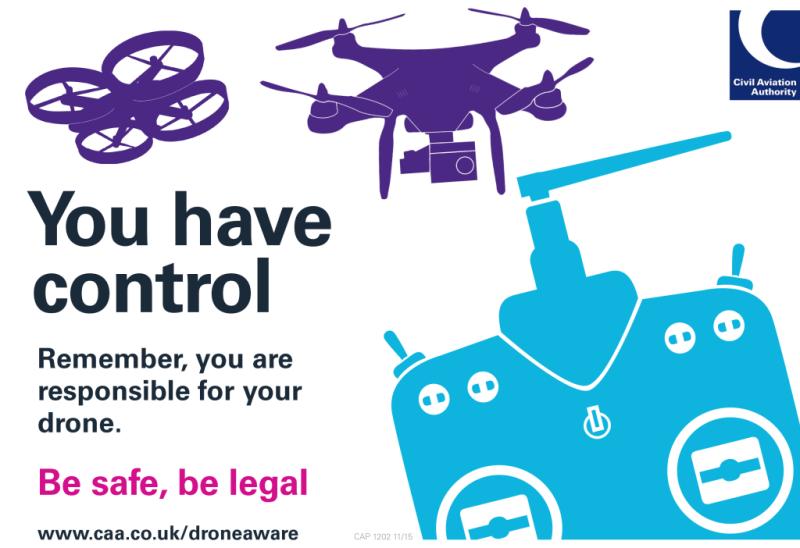The UK Civil Aviation Authority (CAA) has developed a policy concept to develop how RPAS can be accommodated within airspace. A policy concept allows us to develop, assess, validate and refine a policy idea before it becomes formalised.
The concept is part of the CAA’s Airspace Modernisation Strategy (AMS) which presents the roadmap for the development and modernisation of UK airspace until 2040. The CAA Innovation team is also running a sandbox trial for organisations or consortia to help develop and test the policy concept..
The policy concept applies to UK airspace and high seas airspace which lies within the London and Scottish flight information regions (FIR) and upper information regions (UIR). RPAS using the concept must be operating in the specific or certified categories.
This airspace policy concept sets out the use of Temporary Reserved Areas (TRA) of airspace, in conjunction with appropriate procedures and/or technology, to enable the managed integration of BVLOS RPAS flying with other airspace users.
The TRA is a defined volume of airspace that is temporarily reserved for a particular use which can be activated as and when required. It uses the classification of the airspace it is in but may also have additional requirements applied to enable the safe trialling or operation of aircraft within it. The TRA is managed by an air navigation service provider (ANSP) using an agreed ruleset when the TRA is active. It can also have a transponder mandatory zone (TMZ) or radio mandatory zone (RMZ) if required.
The establishment and dis-establishment of a danger area (DA), temporary segregated area (TSA) and/or a temporary reserved area (TRA), and any associated airspace overlays (e.g. a TMZ), still requires an airspace change. Change sponsors must consider the guidance contained within CAP 1616 Airspace Change.
In terms of determining a path through the accommodation phase towards integration, detect-and-avoid (DAA) systems (ground-based, air-based or a combination of both) are likely to be a critical enabling technology. At this stage, electronic conspicuity is considered very likely to be an essential enabler for DAA and is therefore likely to be essential for operations within TRAs that are established for the purpose of integrating BVLOS operations.
Once it can be demonstrated that the developments are sufficiently mature and there is data available to support safety arguments, that will start to signal the closure of the accommodation phase. We will then start to see RPAS integrated within standard classifications of UK airspace, permitting them to operate BVLOS without the need for additional requirements to be placed upon them to address their specific operating characteristics.
For more information visit:




